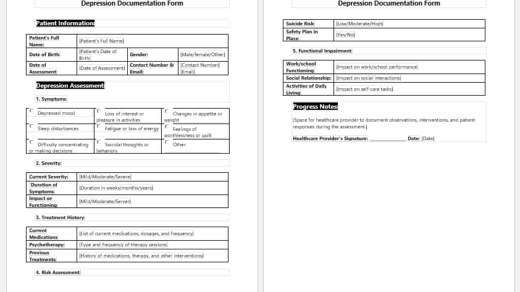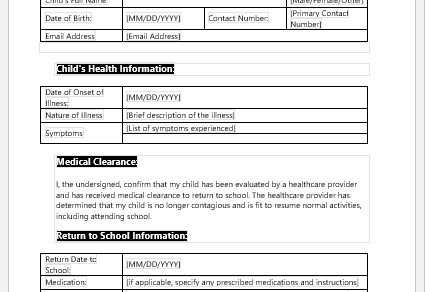Fibromyalgia is a musculoskeletal disorder. As the name indicates, it causes pain in the muscles and joints. It is a chronic disease with remissions and affects mostly the female population.
Etiology of fibromyalgia
The exact cause and mechanism of fibromyalgia are unknown, but it is proposed that fibromyalgia occurs due to pro-inflammatory mechanisms in the pain pathways of the body. Genetics are also involved in the disease, and it is believed that fibromyalgia is a polygenic disorder. The genes affect the serotonin, dopamine, and cholinergic pathways. Injury, infection, and surgery may aggravate the symptoms of the disease.
Signs and symptoms of fibromyalgia
The female population is more affected than males. It is usually associated with severe muscular pain over a longer time. This results in sleep disturbance, and over time, patients suffer from a depressive mood disorder. Sometimes, patients may complain of an altered sensation of the skin, muscle spasms, and palpitations.
Since it is a chronically painful condition, constant pain can affect cognitive abilities and cause memory dysfunction. This is called “fibro fog.”. Functional bowel abnormalities may also be affected. Some people may develop rheumatoid arthritis and systemic lupus erythematosus.
How is fibromyalgia managed?
There is one magical treatment for fibromyalgia.
- Mostly, symptomatic treatment and support are provided for chronically ill patients.
- The FDA has approved pregabalin and duloxetine for the treatment of fibromyalgia.
- Anti-depressants are also added in patients with depressive mood disorder. Tricyclic anti-depressants are preferred. Sometimes, anti-seizure drugs are also prescribed in cases of exaggerated symptoms of fibromyalgia.
- Cognitive behavior therapy and mind-body therapy are also provided to patients with altered cognition.
- Exercise is also advised for the patients for improved mobility and stress relief.
Fibromyalgia journal
Fibromyalgia is a chronic illness, and its diagnosis is mostly based on a long-term history. No special tests have been devised to diagnose the disease, and there are high chances of missing or mixing it with other disorders of the musculoskeletal system.
In this situation, people who are suspected of fibromyalgia are asked to keep a journal for diagnosis and better management. A journal helps assess the kind and extent of disease, which one can diagnose based on mere history. Moreover, it also suggests that a patient with fibromyalgia might need cognitive behavior therapy.
How do we maintain a fibromyalgia journal?
The Fibromyalgia journal mainly addresses pain and its characteristics since the disease’s name is self-explanatory. Whoever maintains a journal needs to write down the time of the pain, the severity of pain, the location, and duration of pain, medication taken in cases of severe pain, and post-medication levels of pain.
- The time of pain is noted down to determine if there is any pattern of pain or if it just appears randomly. Aggravating factors of pain can also be pointed out by mentioning the time of pain.
- The severity of pain is divided by grading it from levels one to ten.
- The location of the pain is again important to differentiate it from other similar musculoskeletal disorders.
- Medication is to be mentioned for the further management plan.
- Trackers for Medical Facilities
- Nursing Documentation Templates
- Letters for being Unfit to Travel
- Mental Health Evaluation Forms
- Forms Used by Pediatricians
- Various Forms Related to Pregnancy Verification
- Common Forms Used by ENT Specialists
- Patient Registration Confirmation Messages
- Quotation Letter for Medical Services
- Mental Health Letter by Doctor
- Excuse Letter for Absence due to Medical Checkup
- Response Letter to Feedback on Improvement in Hospital
- Letter to a Mother Who Miscarried
- Patient Feedback Letter Complaining on Issues or Incidents
- Letter to Family about Miscarriage



